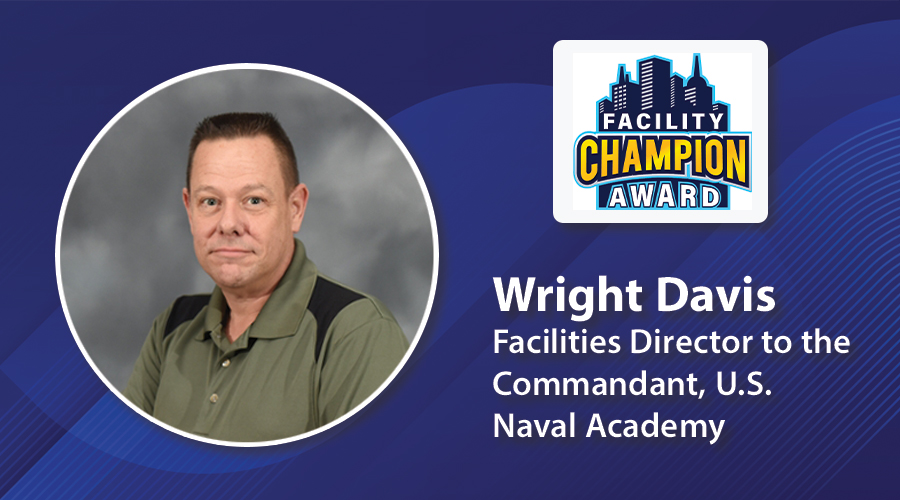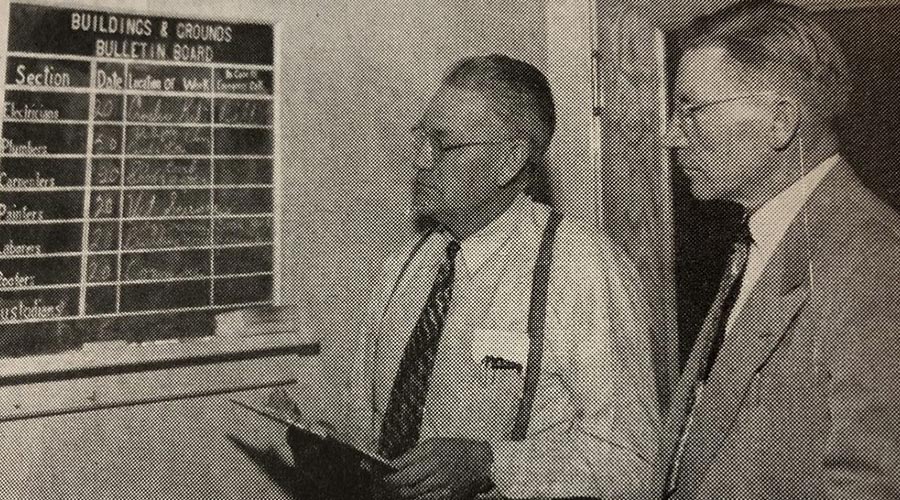How Facility Managers Create C-Suite Buy in for Planning and Strategy
Executives need to think of facility managers as strategic partners.
By Maria Ruiz, Contributing Writer
The struggle is real. I can say that with a bit of conviction. As I sat at IFMA’s World Workplace in Minneapolis, I furiously scribbled notes on my old school notepad as speakers shared invaluable strategies for getting executive buy-in for facilities projects. I was locked in!
I found myself nodding profusely at the pain points and challenges laid out that heavily weighed on all the facility professionals in the room. Many struggled with having to convince the C-suite that facilities management is vital to invest in as a strategic partner of the business and not just a cost center.
The critical lessons were like music to my ears. There are many lessons, frameworks and strategies to always have in your facilities management tool kit–fundamental knowledge, with proven tried and true skills sets to aid in convincing the C-Suite for better approval outcomes.
Some of the critical lessons that I took away hopefully will assist facilities managers, across industries, to better counter the ever so popular phrase “not in the budget this year.”
One emphasis was on reframing the conversation around risk and not just the costs. This is in fact very important. The speakers focused, which in my experience, is in fact accurate, that executives respond better to business cases when risk management is discussed versus maintenance requests. For example, about two years ago, our supplemental HVAC system needed new coils. We deferred maintenance for a while, but at some point I had to paint the picture of “if we don’t get new coils by next winter we will incur a higher costs and the system will shut down and cost major down time, interrupt the business and because the coils need to be ordered in advance, I am at the mercy of the supply chain and we will have major lead times causing more wait and potential staffing reactivity leading to rework and firefighting.” This now went from not just being a repair cost but a major organizational work disruption and protecting our ability to fulfill a major organizational purpose.
Another interesting takeaway was using visual communication that executives will understand. One speaker presented color-coded facility maps showing urgency to the C-suite. Red would mean high risk, yellow would be caution and green that all is good. I find that this is helpful when you have multiple locations and site visits. This is key since many executives do not have time, or even want, to read 100-page facility assessments.
Research does show that people are more risk averse. Leveraging loss aversion psychology was the next takeaway, and it intrigued me. The speakers stated that research shows people are mostly motivated to avoid losses than to pursue equivalent gains. It’s amazing to me that that would be the case, but it’s human nature. This emphasized the need for facilities managers to constantly demonstrate what the organization has to lose by NOT acting–safety incidents, lower worker productivity, disruption in operations etc. As a non-profit facilities manager, where every dollar counts, this may be particularly effective.
The final, and I believe, the most powerful takeaway was aligning every facility's requests with organizational goals. Currently, at my main office, we are conducting a disability audit, not because we are required to, but as the hybrid workplace and workforce expand dynamically, I have to ensure that we are creating inclusive spaces that align with our mission. Therefore, converting an old finance auditor room into a quiet room, wellness spaces designed with sensory stimulation in mind, and lactation rooms, would have not been approved had I not focused on how this shows our mission commitment to the communities that our organization serves. That created a very aligned impact that easily produced approved budgets and future capital funding!
Reframing the conversation to be about risk and not just costs while using visuals gives executives the opportunity to actually comprehend what is at stake. Leading with wins before asking for more and truly aligning facilities decisions to the organization’s mission, provides facilities managers with an arsenal of impactful strategies for strong C-suite buy in leading ultimately better outcomes.
Maria Ruiz is a Facilities Operations Manager at UNICEF USA with 15+ years of cross-sector expertise. Overseeing multiple national offices, she applies Lean Six Sigma methodologies to create sustainable, efficient workspaces supporting humanitarian missions. Her writing champions women in facilities management by blending technical knowledge with practical insights that empower professionals in this traditionally male-dominated field.
Related Topics:












